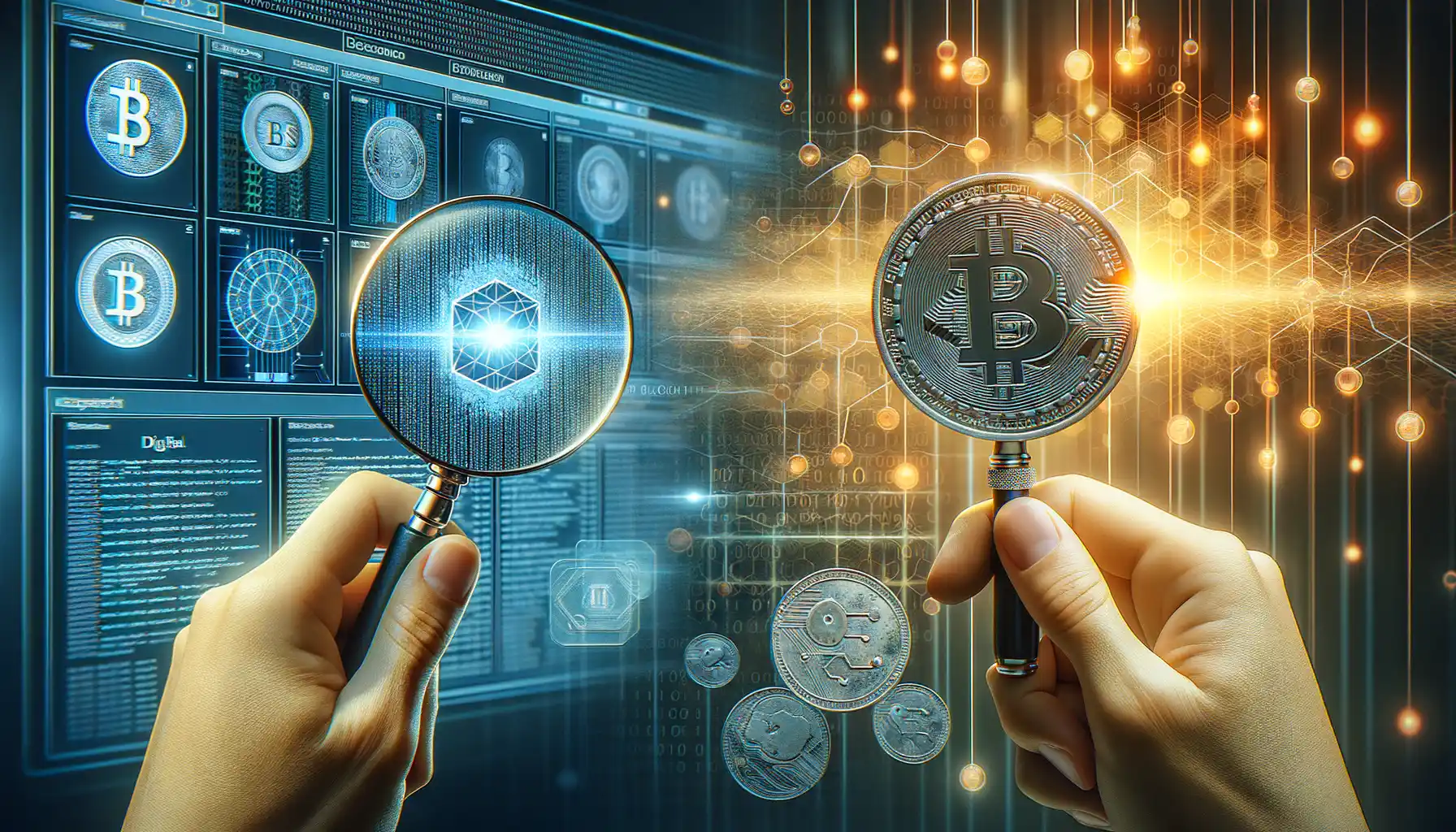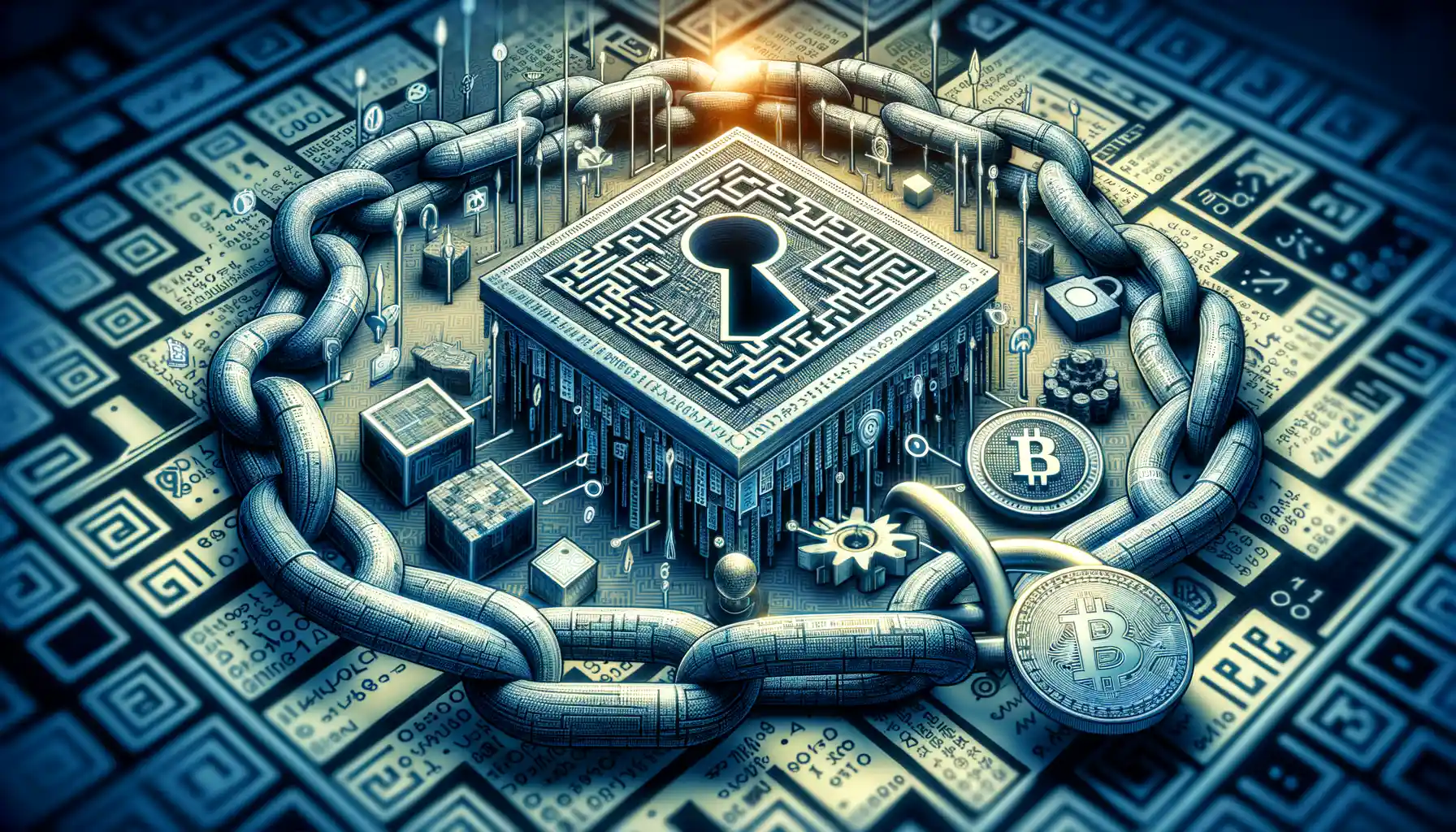Introduction to Blockchain and Coin Authentication
Understanding Blockchain: A Digital Ledger That Never Sleeps
Picture this: a book where every page is written in permanent ink, passed around globally, yet impossible to alter. That’s the magic of blockchain. This ingenious technology isn’t just for Bitcoin; it’s quietly reshaping industries, one “block” at a time. At its core, blockchain is a decentralized system—a peer-to-peer network—where every transaction is validated, recorded, and locked away in a chain of digital blocks.
Now, let’s bring coins into this picture. Whether it’s a centuries-old gold doubloon or a sleek new digital token, authenticity is everything. Coin collectors, investors, and creators face a shared question: how can I trust this is real? Enter blockchain—the unflinching watchdog of the digital world.
- It scrupulously tracks coin origins and ownership histories.
- Ensures no tampered records can slip through its defenses.
- Provides an irrefutable trail of proof for every exchange.
This isn’t just technology; it’s a bulletproof vault in a transparent glass box. Blockchain doesn’t ask for your trust—it earns it with precision and permanence.
How Blockchain Enhances Security in Coin Authentication

Revolutionizing Security Through Immutable Records
Imagine holding a coin and knowing, with absolute confidence, that it’s genuine. Sounds like magic, right? Well, it’s not—it’s the power of blockchain technology. At its core, blockchain acts like an incorruptible ledger, keeping a permanent record of every transaction and detail associated with a coin’s origin. Once data is entered, it’s locked, sealed, and virtually untouchable.
Here’s why this matters: Traditional coin authentication methods rely on centralized databases, vulnerable to hacking or manipulation. Blockchain flips the script. Its decentralized structure ensures no single party controls the data, making tampering almost impossible. And because each block is cryptographically linked to the one before, alterations are glaringly obvious—a digital fingerprint that can never be erased.
What Makes Blockchain a Guardian of Coin Integrity?
Here’s how blockchain steps up the security game:
- Transparency: Every transaction is visible to authorized users, leaving zero room for shady activity.
- Traceability: Want to trace a coin’s journey from mint to market? Blockchain connects all the dots.
- Encryption: Data is shielded through advanced cryptographic algorithms. Forget passwords—think unbreakable locks.
Thanks to these features, counterfeit coins and fraudulent activities don’t stand a chance. Authenticity isn’t just promised; it’s proven. Block by block.
Applications of Blockchain in Digital and Physical Coin Verification

Revolutionizing Digital Coin Authentication
Imagine owning a rare digital collectible—a cryptocurrency token or an NFT—that holds immense value. Now, imagine not being entirely sure it’s authentic. The horror, right? Enter blockchain technology, the unsung hero in validating these digital treasures.
Blockchain creates an uneditable ledger where every transaction, from creation to ownership transfers, is recorded. Think of it as a digital fingerprint for your collectible. The beauty lies in how accessible this proof is. Need to verify your newly purchased digital asset? A quick check on its blockchain record will reveal its entire history—no shady middlemen or convoluted processes.
Oh, and let’s not forget smart contracts. These nifty lines of code within blockchains execute automatically when specific conditions are met. For instance: you buy a token, the blockchain cross-checks its authenticity, and voilà—payment is only processed if it’s legit! Too futuristic to be true? Not anymore.
- NFTs: Ensure your art or music files are genuine and unique.
- Cryptocurrency: Confirm the validity of coins to avoid fraudulent exchanges.
Securing Physical Coins with Blockchain
While blockchain might feel like a purely digital wizard, it’s weaving its magic into the real world, too. Think about collecting rare physical coins—historical treasures worth thousands, maybe even millions. Their rarity also attracts counterfeiters. Blockchain can *literally* flip the coin.
Here’s how: manufacturers embed chips or QR codes linking each coin to its unique blockchain record. This record is a vault of information detailing the coin’s origin, minting date, ownership trail, and even physical characteristics. With a simple scan or verification, collectors can confidently distinguish a genuine Roman-era denarius from a well-forged fake.
The practical applications are jaw-dropping:
- Antique Coins: Trace provenance for historical artifacts.
- Limited Editions: Authenticate exclusive collector series with immutable records.
Who needs magnifying glasses and encyclopedic knowledge when blockchain is here, acting as the ultimate watchdog for physical coins? It’s like having a matchmaking service for authenticity and trust—you *know* when you’ve found “the one.”
Challenges and Limitations of Implementing Blockchain for Authentication

The Hidden Costs and Growing Pains of Blockchain Adoption
Implementing blockchain for authentication sounds revolutionary, but it’s far from a fairytale. Behind the scenes, there are hiccups, detours, and serious head-scratching moments. For starters, the technology isn’t cheap—whether you’re minting digital coins or verifying physical ones, the infrastructure demands can weigh heavy on your wallet. Setting up a blockchain-based system involves powerful servers, constant energy consumption, and skilled developers to keep things running like clockwork.
And then there’s the question of scalability. While blockchain might work wonders for small-scale projects, it can struggle under pressure when large volumes of data flood the network. Imagine a highway designed for cozy Sunday drives suddenly trying to handle rush-hour traffic—it’s bound to slow down.
- User adoption: Not everyone is ready (or willing) to embrace blockchain. It’s still a foreign concept for many, creating a barrier of hesitation.
- Regulations: Different countries see blockchain through different lenses, making global consistency a pipe dream…for now.
It’s a thrilling ride, yes, but it’s not without its bumps and occasional roadblocks.
Future Trends in Blockchain-Based Coin Authentication

Revolutionizing Coin Authentication with Blockchain Evolution
Brace yourself—because the future of blockchain-based coin authentication is nothing short of electrifying! Picture a world where the gap between digital and physical asset verification practically evaporates. This isn’t some tech fantasy; it’s happening right before our eyes. Blockchain, often hailed as the backbone of transparency, is continuously evolving to push the limits of how we secure and authenticate coins.
One exciting shift? The emergence of AI-driven blockchain integration. Imagine a dynamic duo where artificial intelligence works hand-in-hand with blockchain to predict counterfeit fraud patterns before they even materialize. It’s like having a crystal ball for coin verification!
And let’s talk about decentralized identity protocols. These allow collectors and traders to establish their own tamper-proof digital identities linked to rare coins. Goodbye middlemen, hello trust!
- Smart contracts facilitating immediate, immutable ownership transfer of coins.
- Integration with IoT devices to track physical minting locations in real-time.
The possibilities are breathtaking. Blockchain is no longer just the engine; it’s becoming the entire roadmap. Will holographic tags embedded into coins sync directly with your pocket app? It’s not “if,” but “when.”
